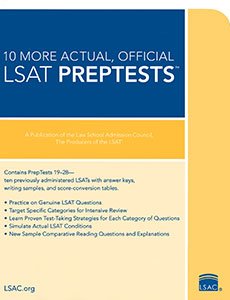Gmat reading comprehension is a struggle for many prospective test takers. The GMAT is a test of understanding and inference. That’s it. Every question type reflects that fact. Failure to answer correctly is very often a function of a failure to understand. The “oh!” moments you have when checking answers are a tell sign that you didn’t understand something well. This is true for the gmat reading comprehension.
Patience is key to improve on reading comprehension. There are no magic solutions or overnight success stories. Anyone who is a ‘natural’ at GMAT reading comprehension developed that ‘natural ability’ over many years of practice in other contexts. Lawyers for example find reading comprehension relatively easy because they have already done their fare share of dense reading. So, if you want to improve, the first step is to remind yourself to be patient when you are frustrated.
1. Understand GMAT reading comprehension passage structure
The first thing you should do to improve on the GMAT is to always look for structure. Structure, big picture, main idea etc. An understanding of the passage structure is required to answer the more difficult question types such as:
“The author of the passage is most likely to agree with which one of the following”, Or
“The historians highlighted in the text are most likely to disagree with which one of the following”.
To define the structure of the passage, you must identify the functions of the different parts and how they tie in together to tell the story. Don’t be reactive to the text and instead be proactive. Debate the passage in your head. A very bad habit is to skim, read the question, and work backwards from the passage. Don’t do that. Instead, as you read the passage, begin to paint the picture the author wants to tell and assess the merit of the argument being made. Don’t wait to the end.
Sometimes you will read through a complex piece of text, such as a sentence describing a scientific phenomenon. If it takes too long to understand, then it is ok to not fully understand the exact meaning and continue as long as you determine its function. You will maintain your understanding of the geography of the passage and not waste too much time. You will always be able to know where to come back and re-read, if you need to, because you will know where to look.
2. Understand the question
This seems obvious but I cannot emphasize it enough. Always read the question carefully. Pay special attention to quantifying words such as “All, many, most, none” etc. Answer the question asked not the one you think is asked.
3. Eliminate incorrect answer choices by proving them wrong
This serves two purposes:
1. Increasing the likelihood that you will choose the correct answer in the case that you have to guess.
2. Proving the incorrect answer choices wrong will enhance your understanding of the text.
These three tips will enhance your reading comprehension but remember that they are not overnight solutions and require time to internalize. When you are under pressure and cannot determine the correct answer, remind yourself to understand first.
Resources you can use
- The best resources are always official guides issued by the GMAC.
- The official LSAT tests are another excellent resource to improve your reading comprehension and I strongly believe they should be part of your test preparation. It is very hard for any test prep company to replicate retired official questions and therefore, you should always practice with official material. Even though the LSAT is a different test, the authors design and test the questions in a process similar to the one implemented by the GMAC. Therefore, they offer a reliable practice source. The official test prep books look like this: (this image belongs to 2017 Law School Admission Council, Inc.)
A more ‘tactical’ issue
In a previous post, we talk about a more technical aspect of GMAT reading comprehension, such as reading speed, regression, and sub-vocalization.


